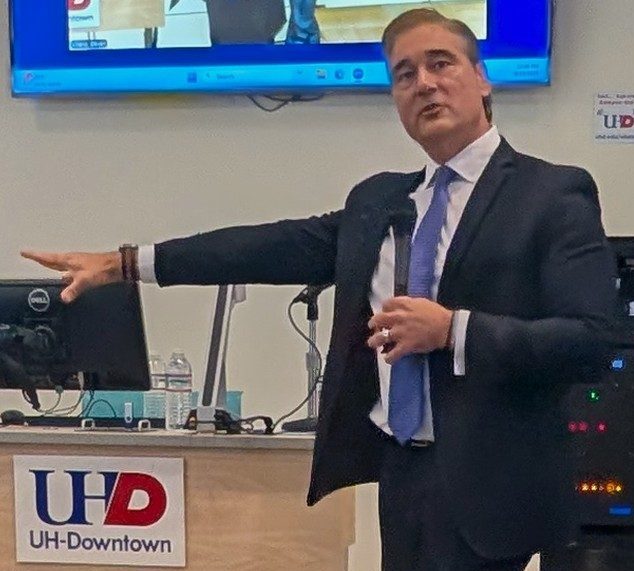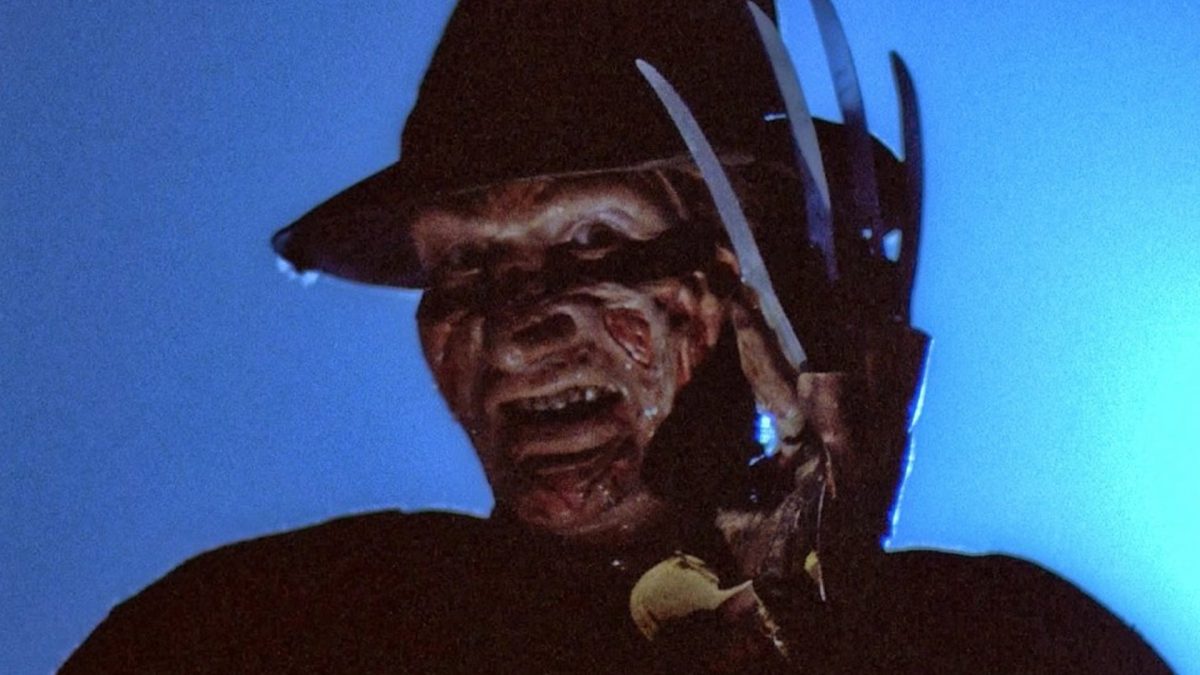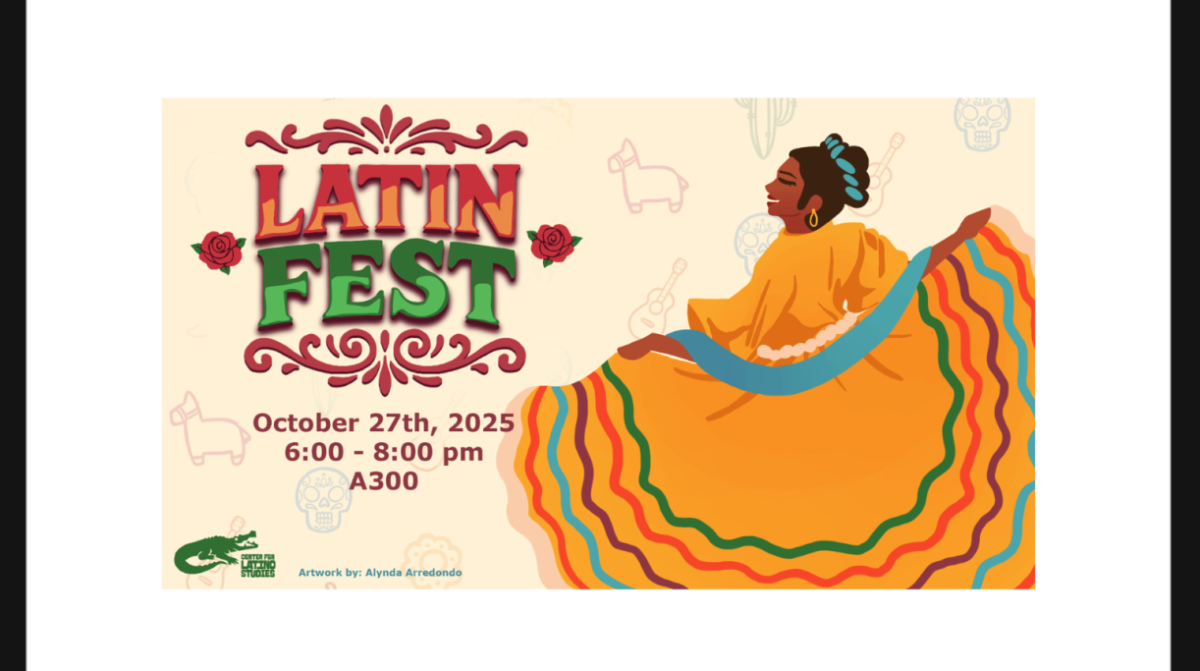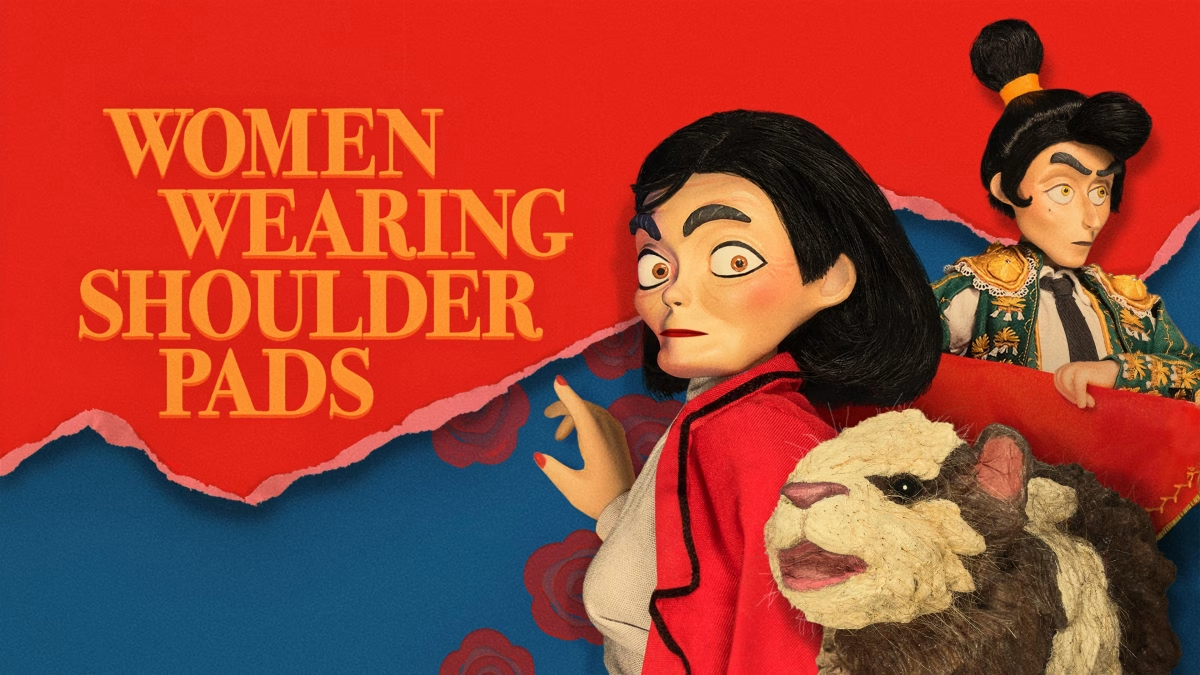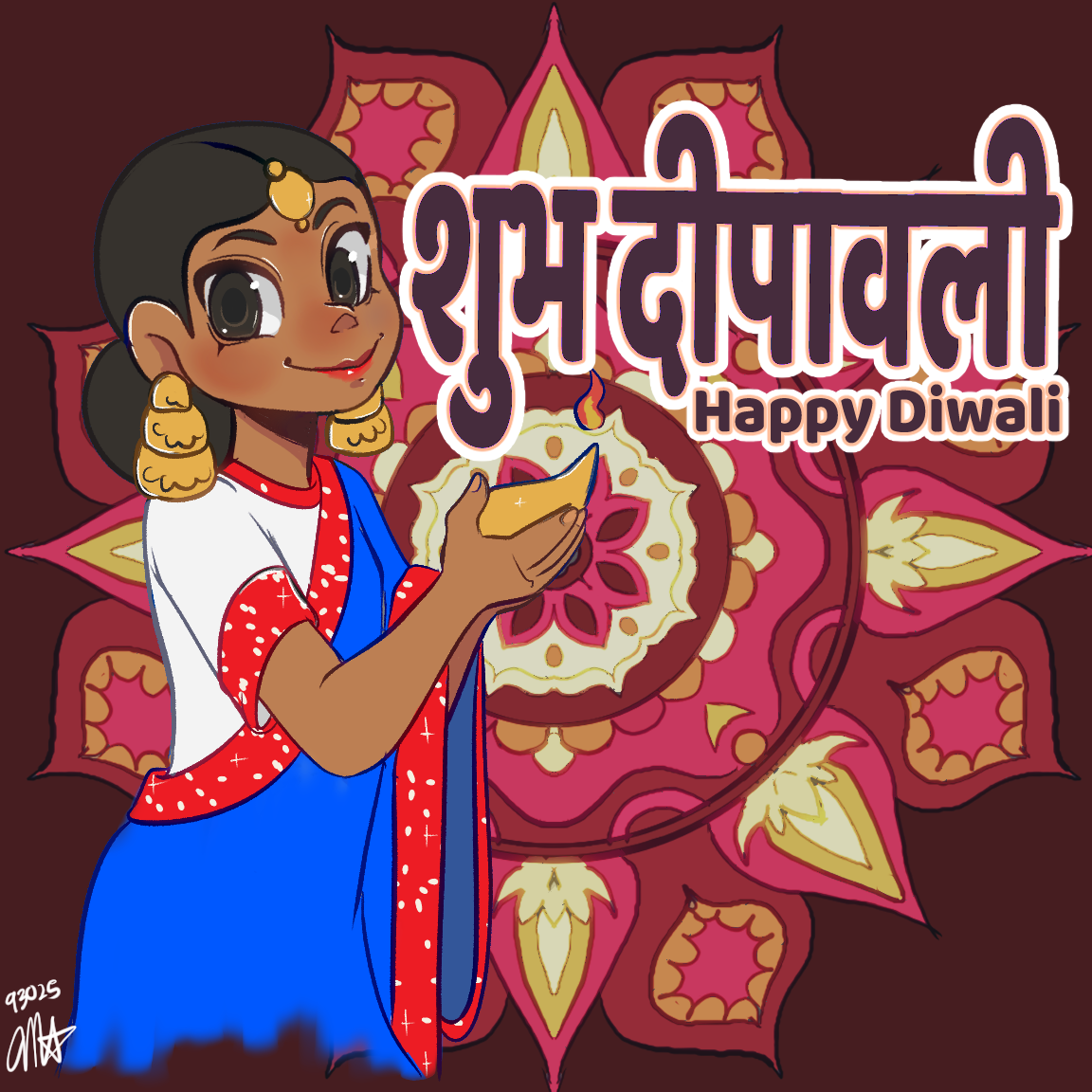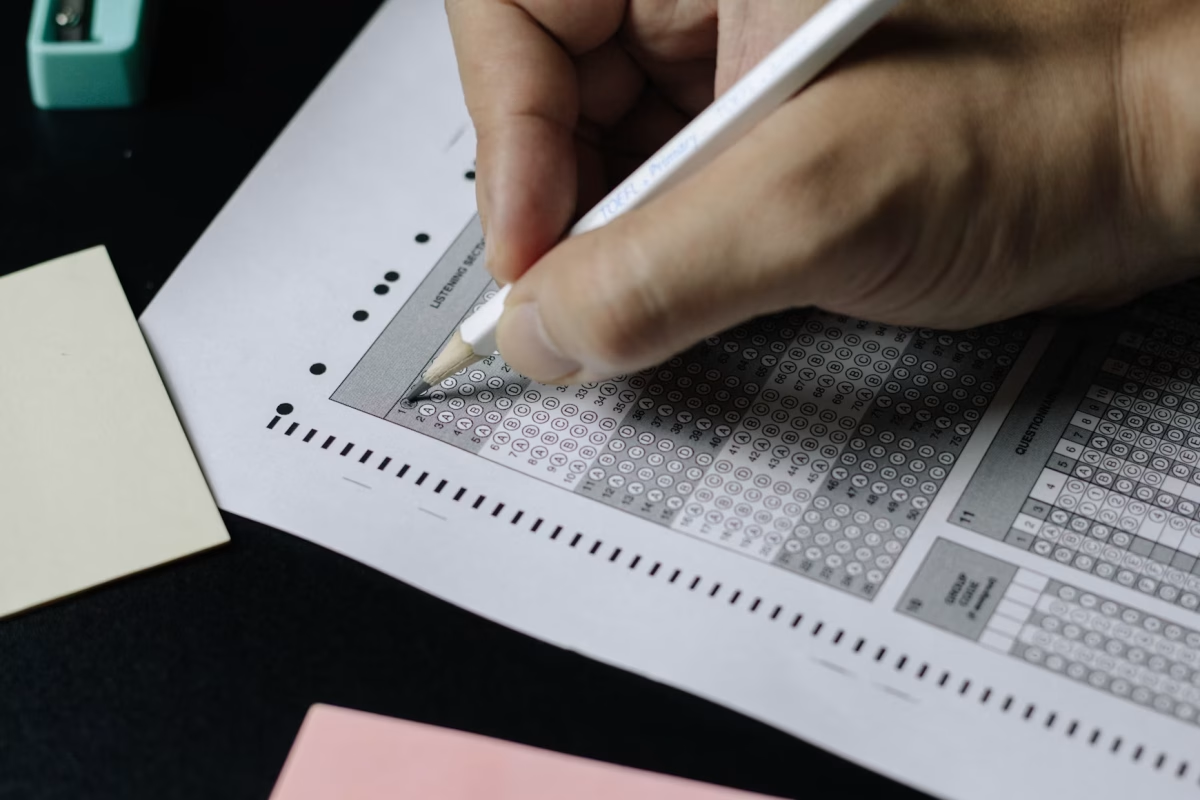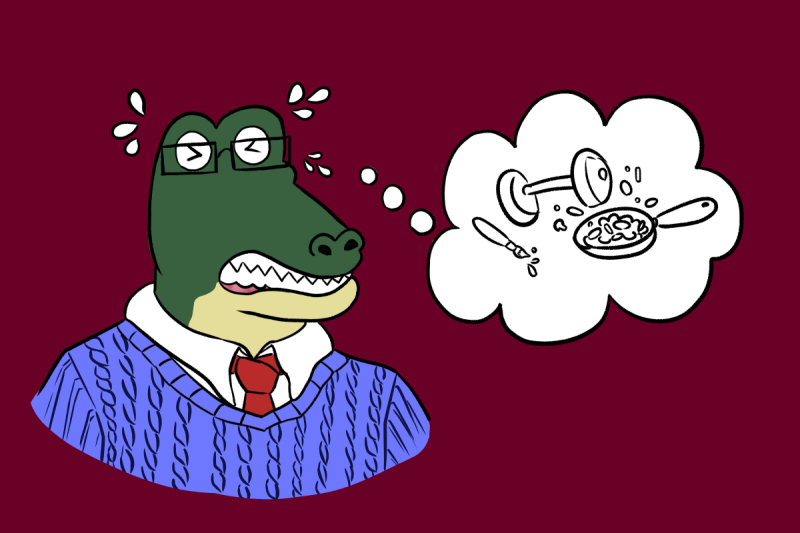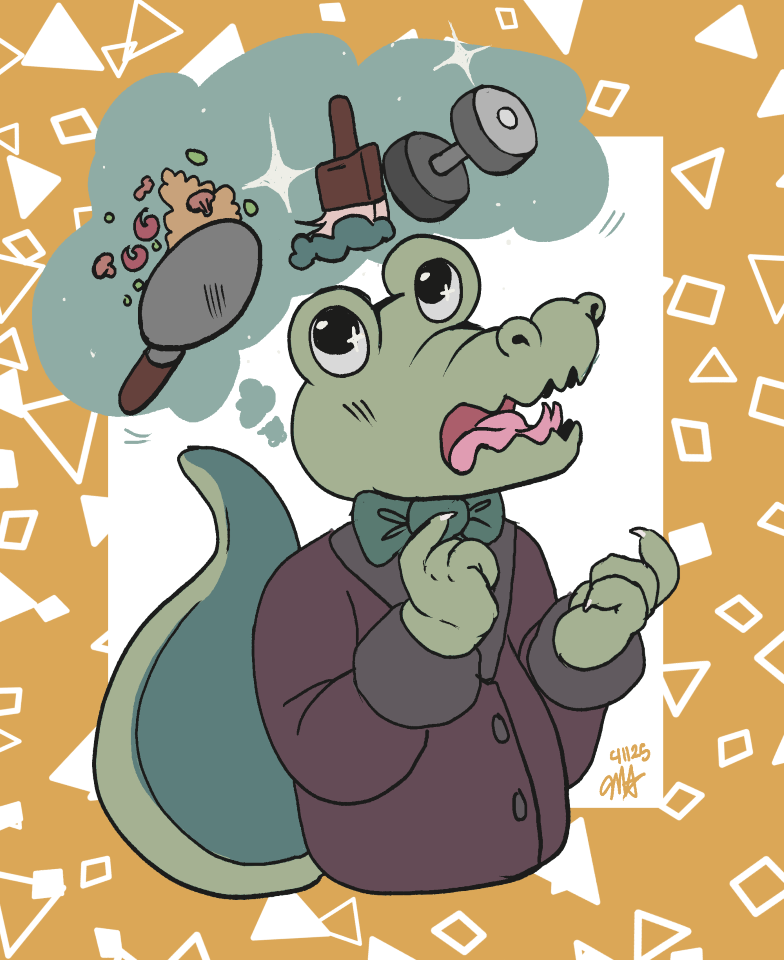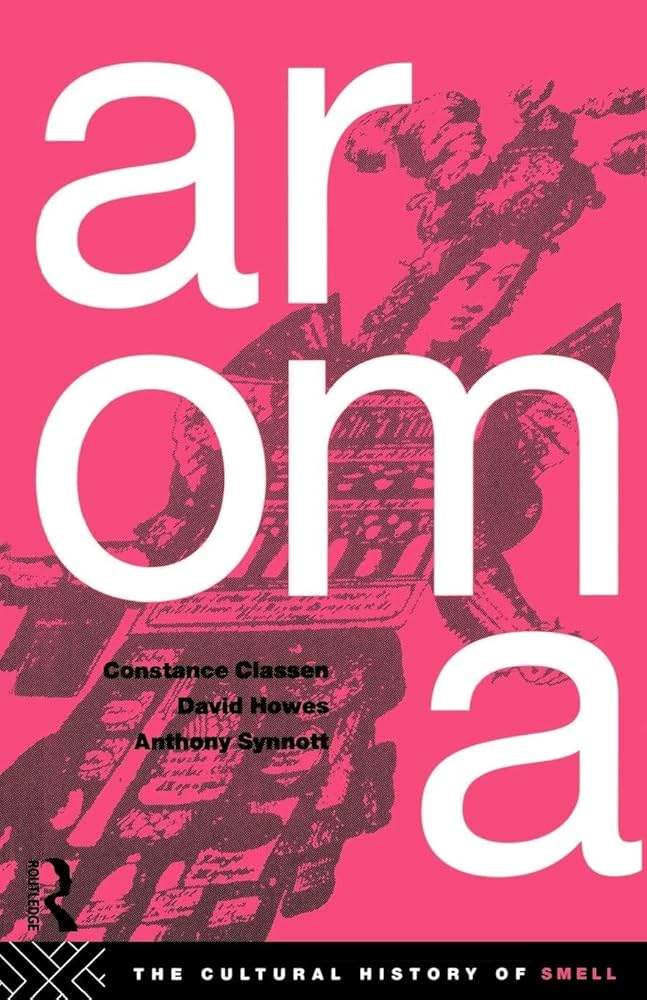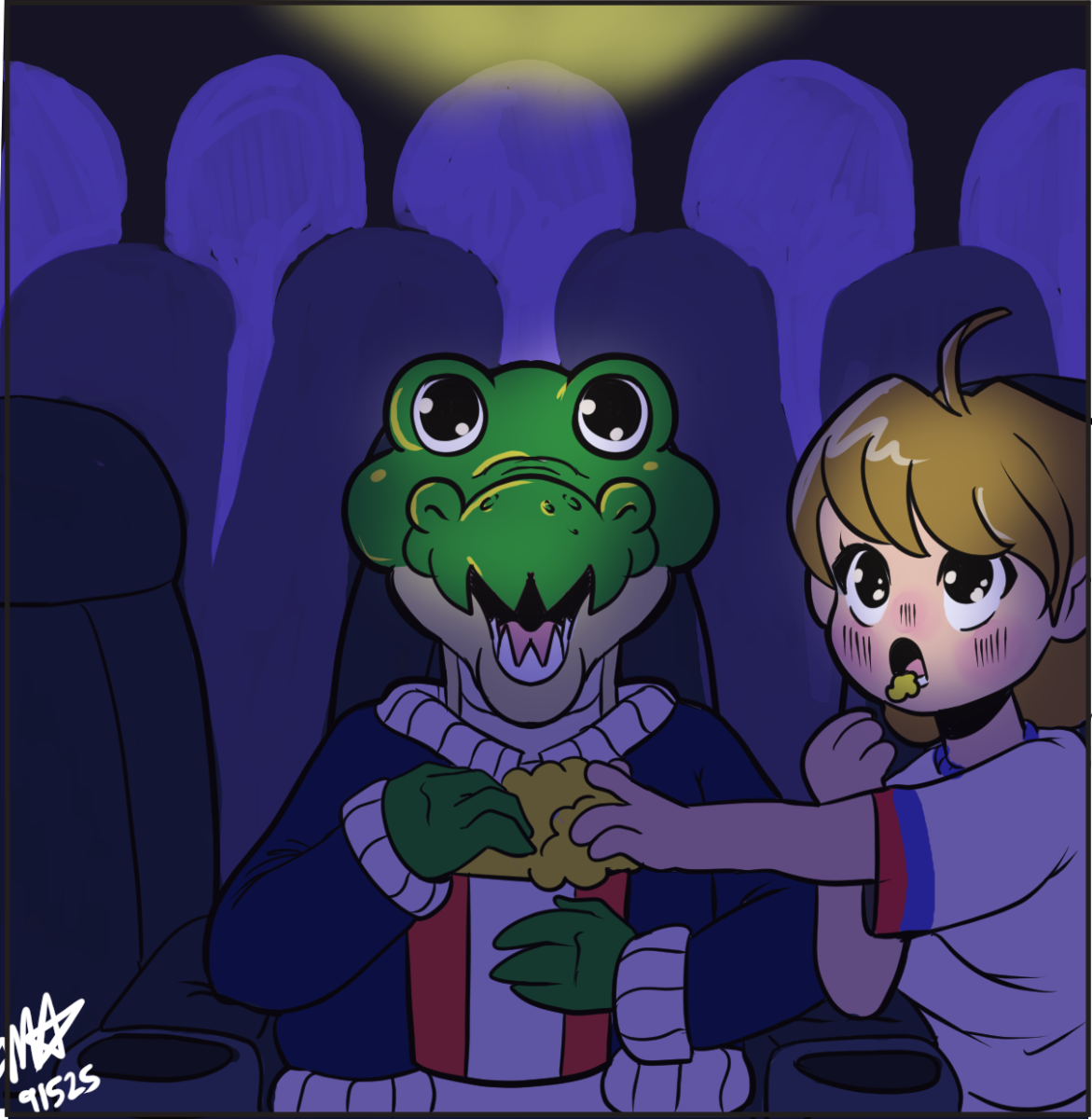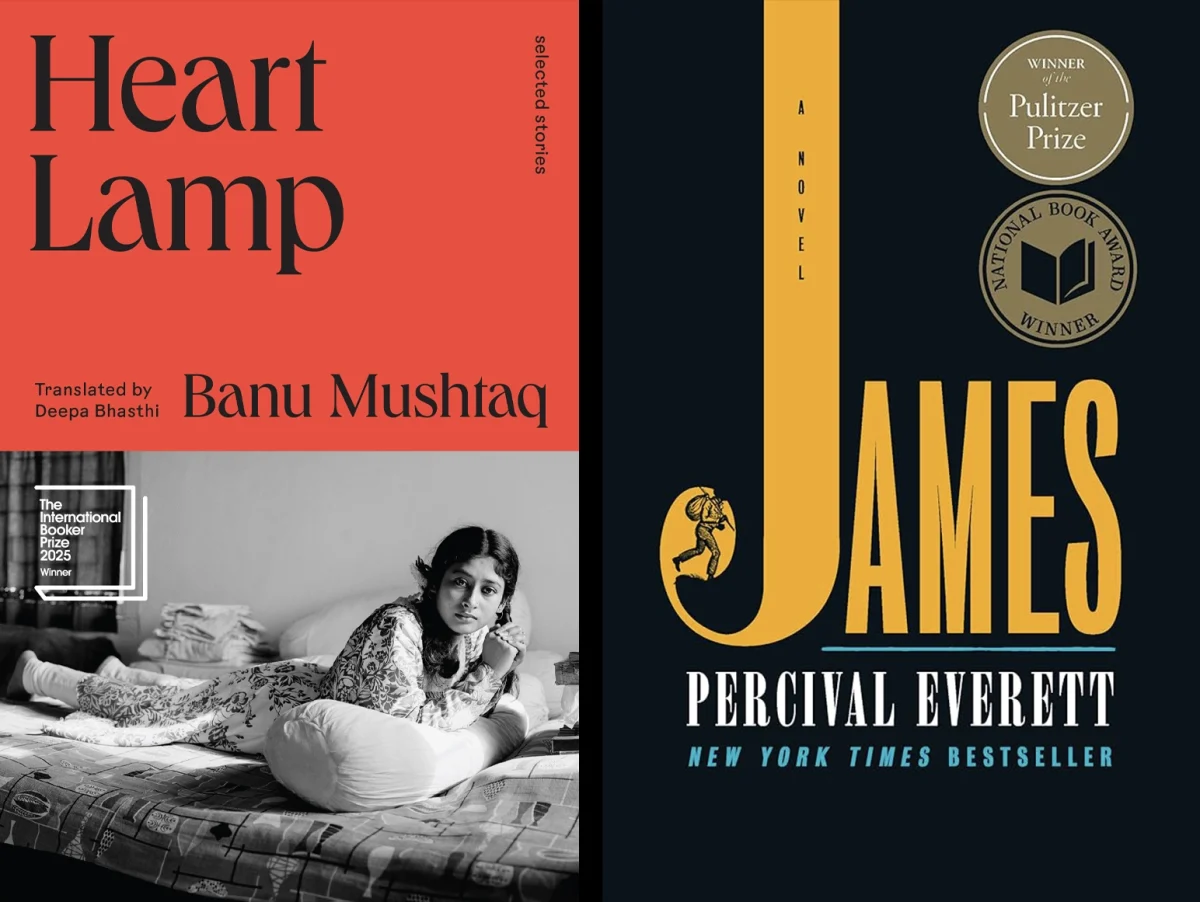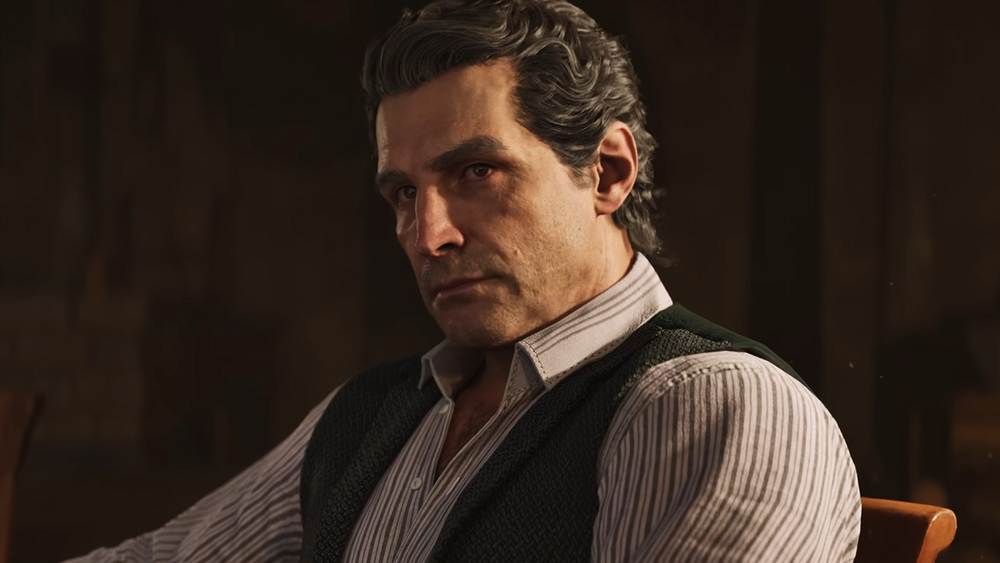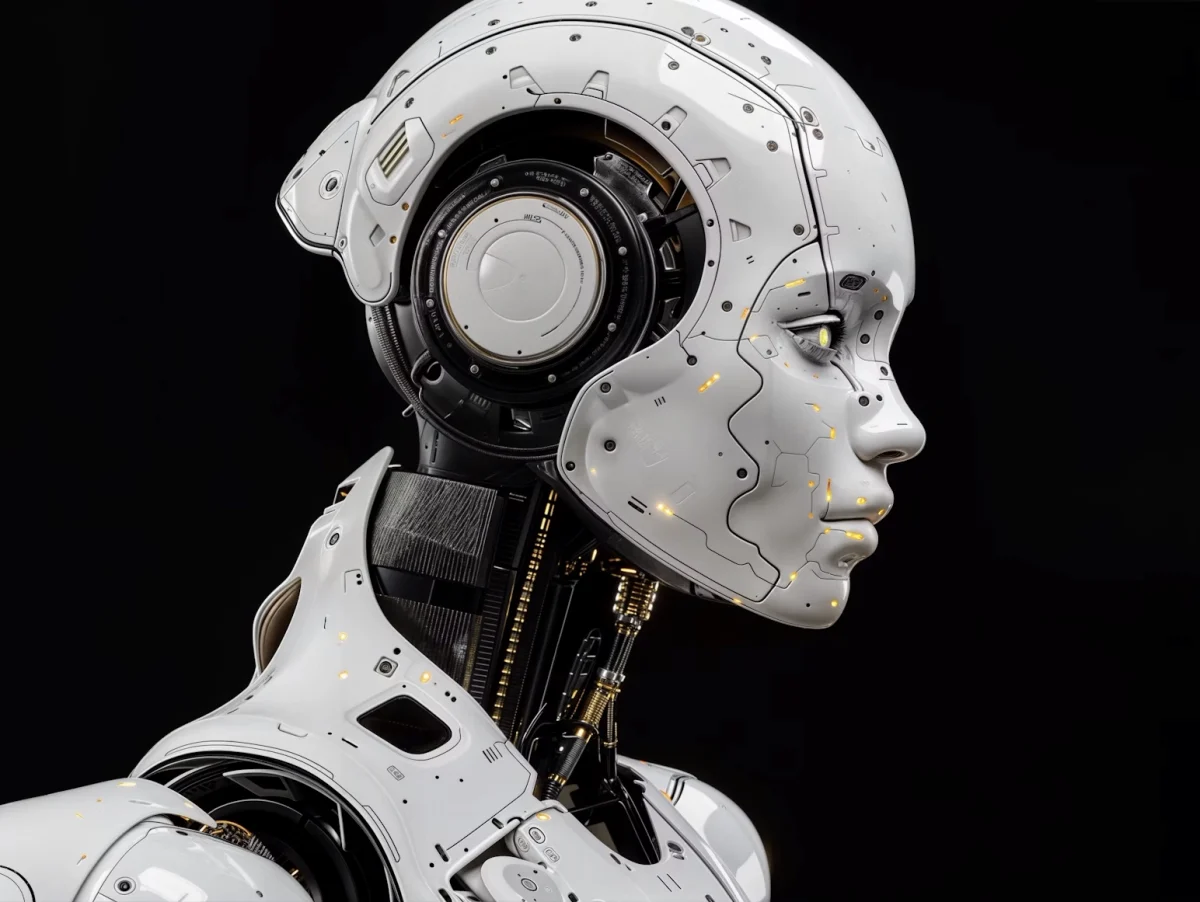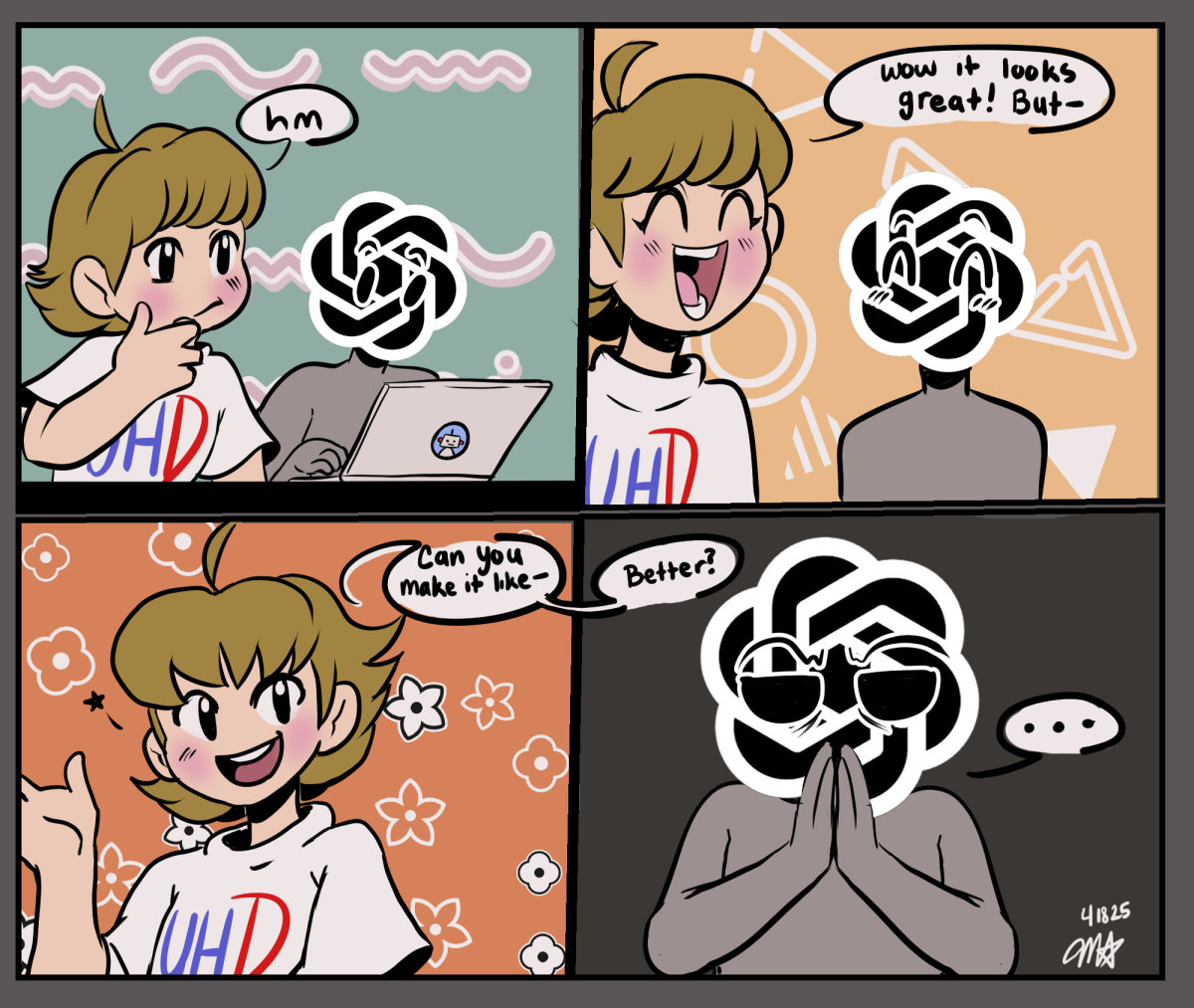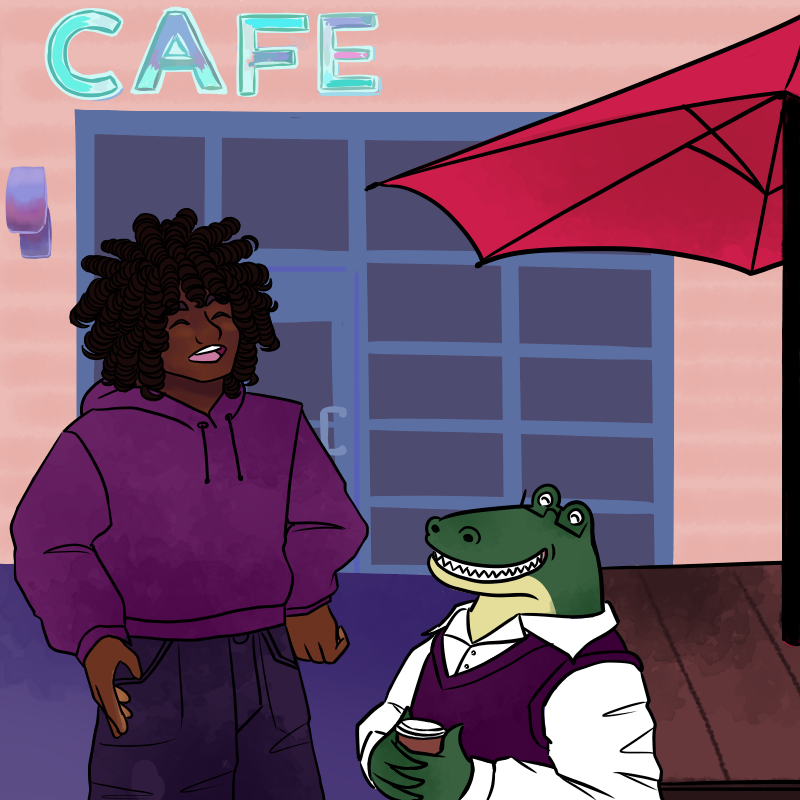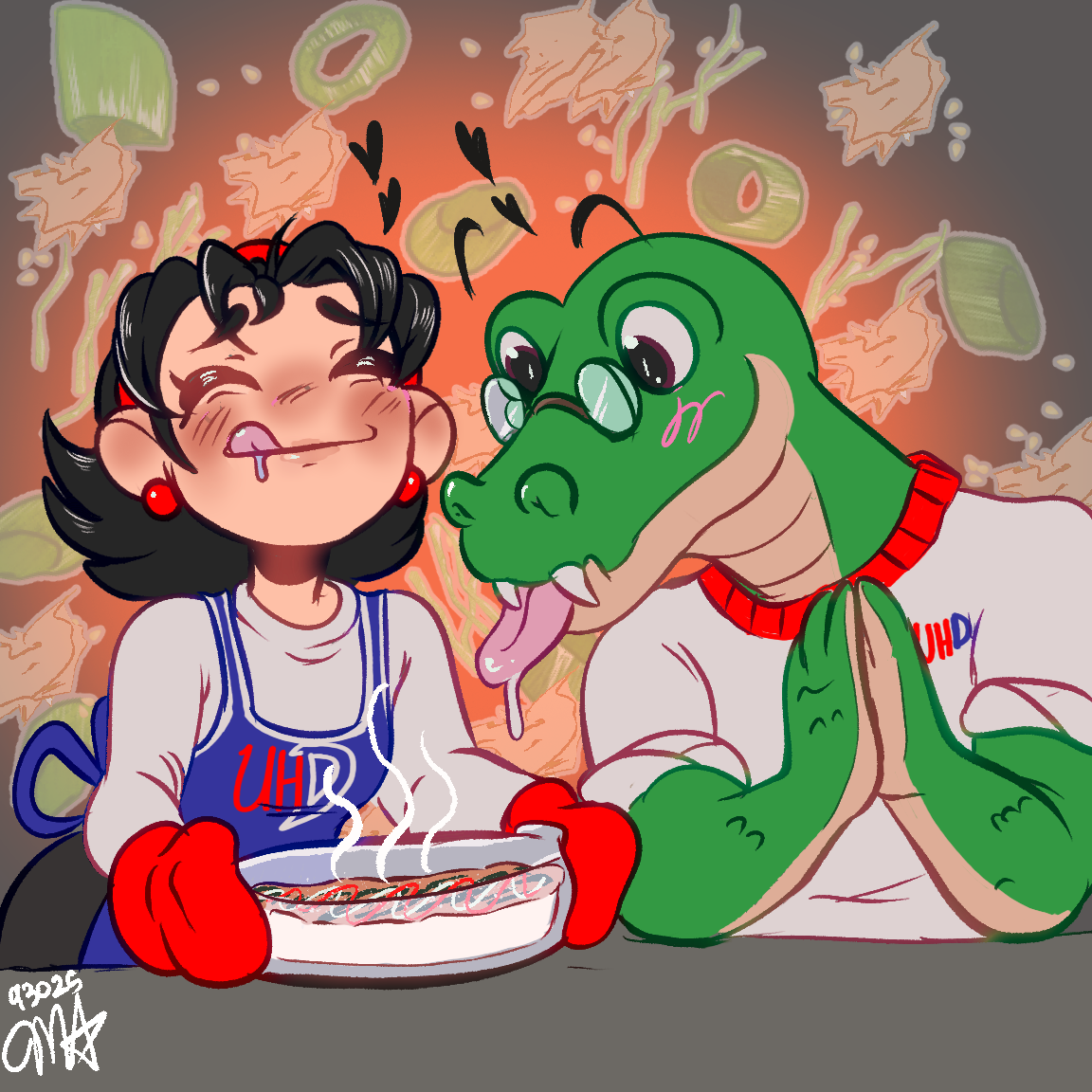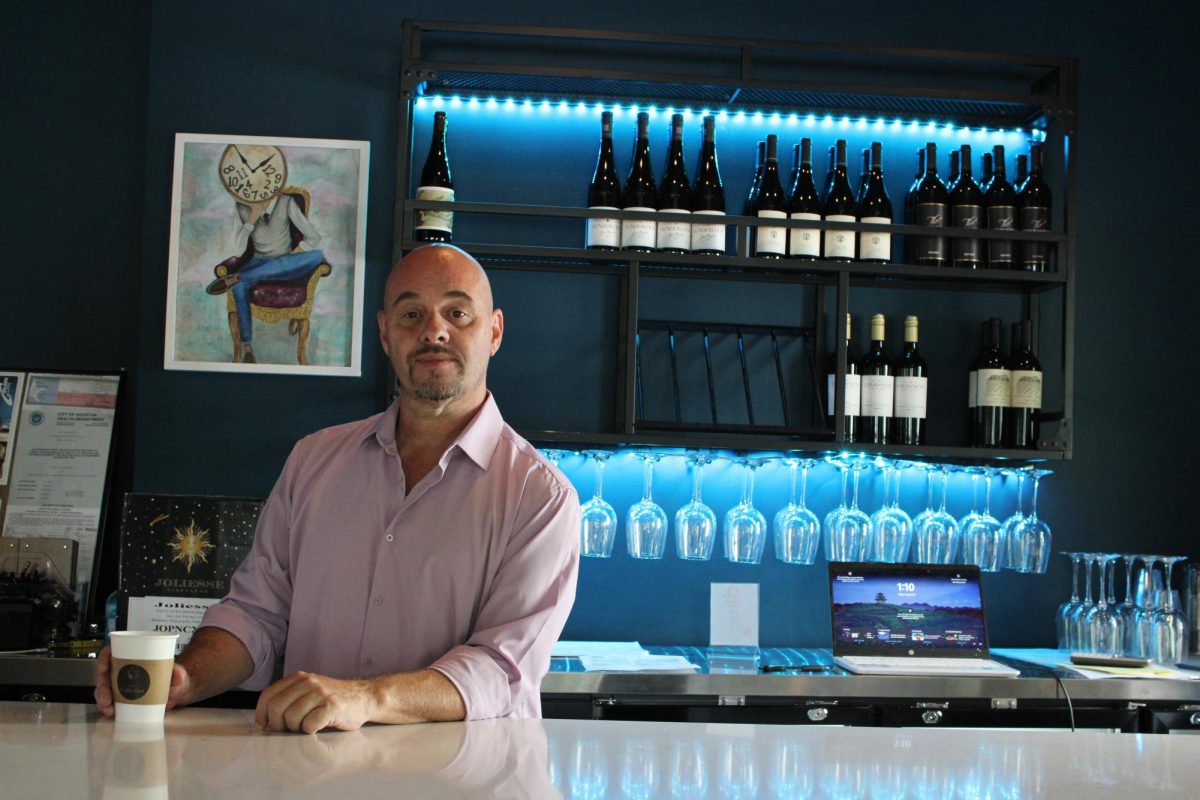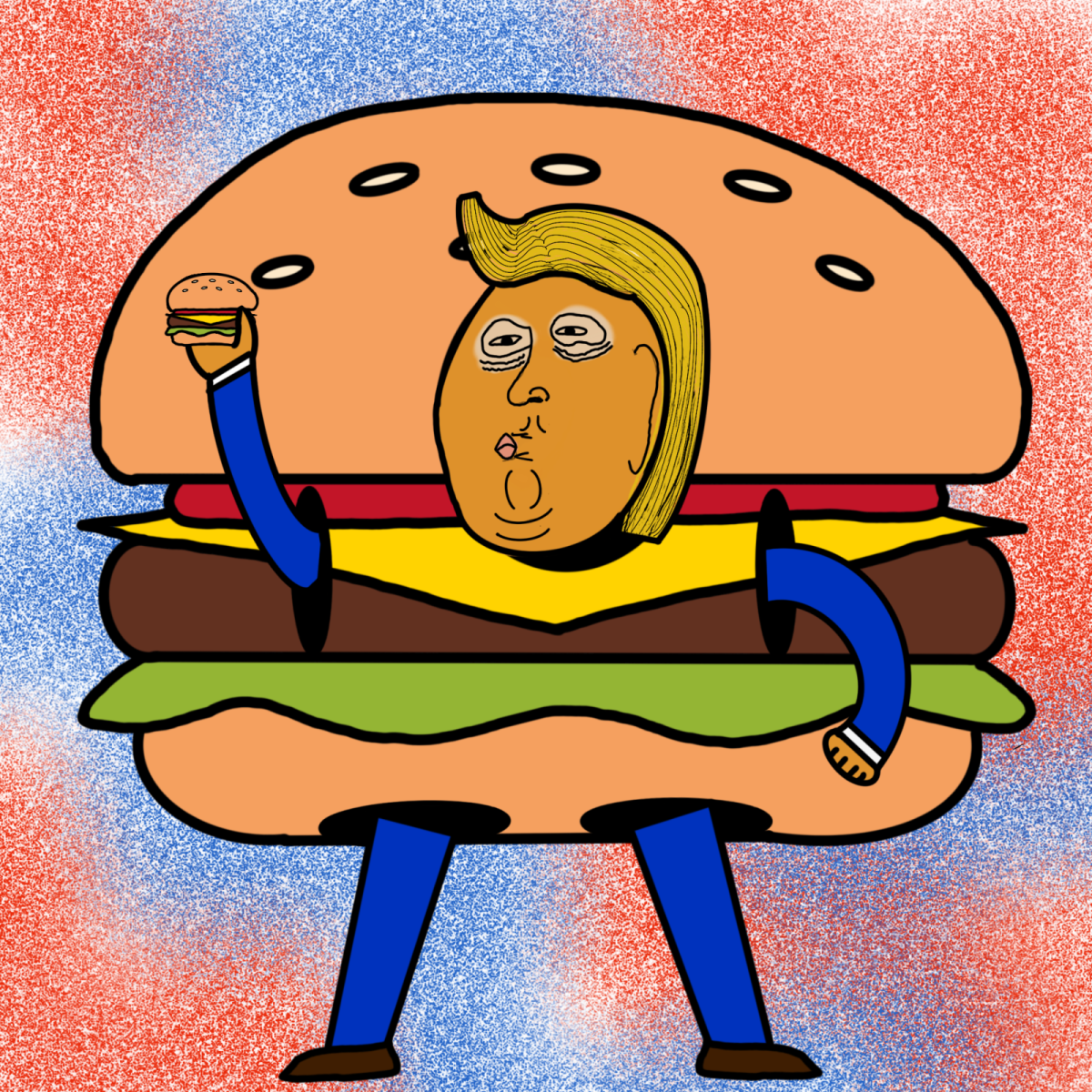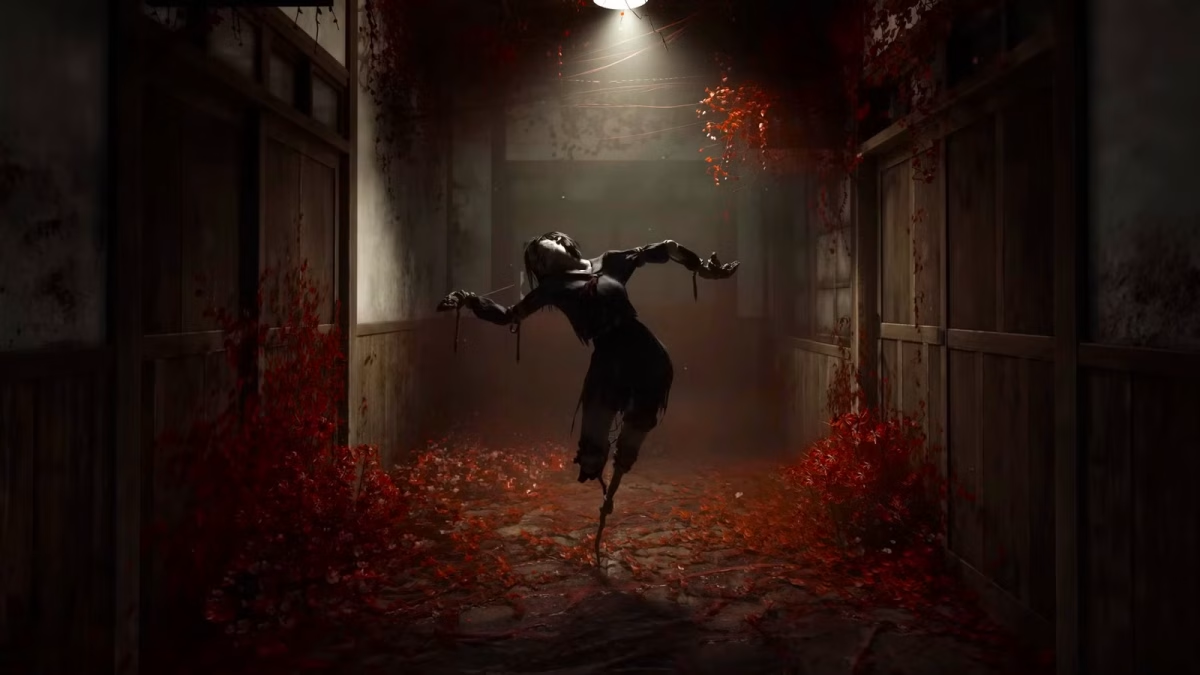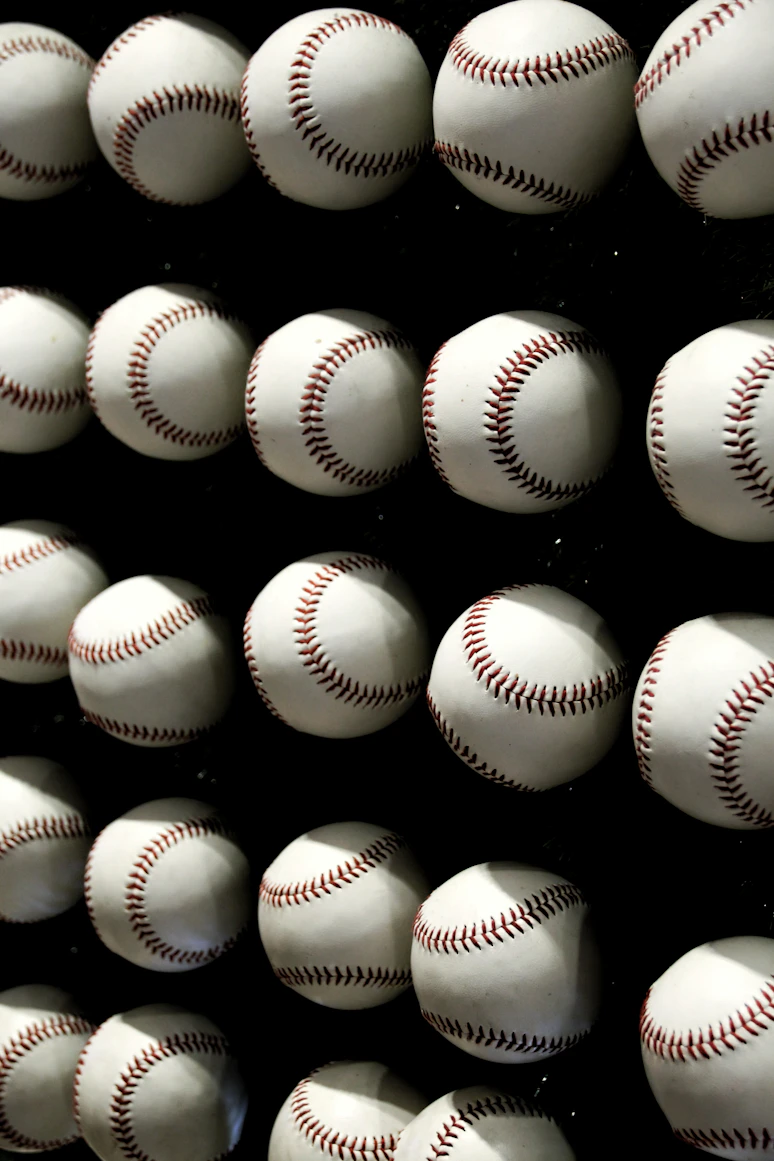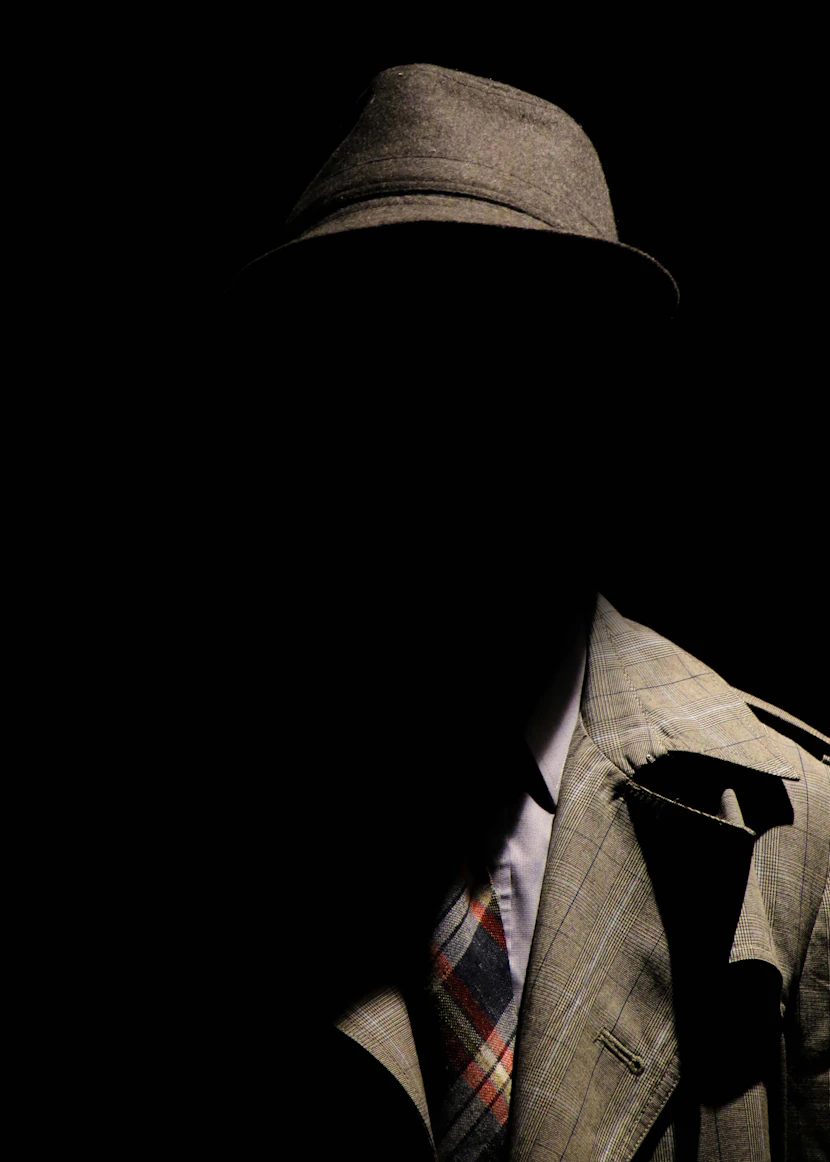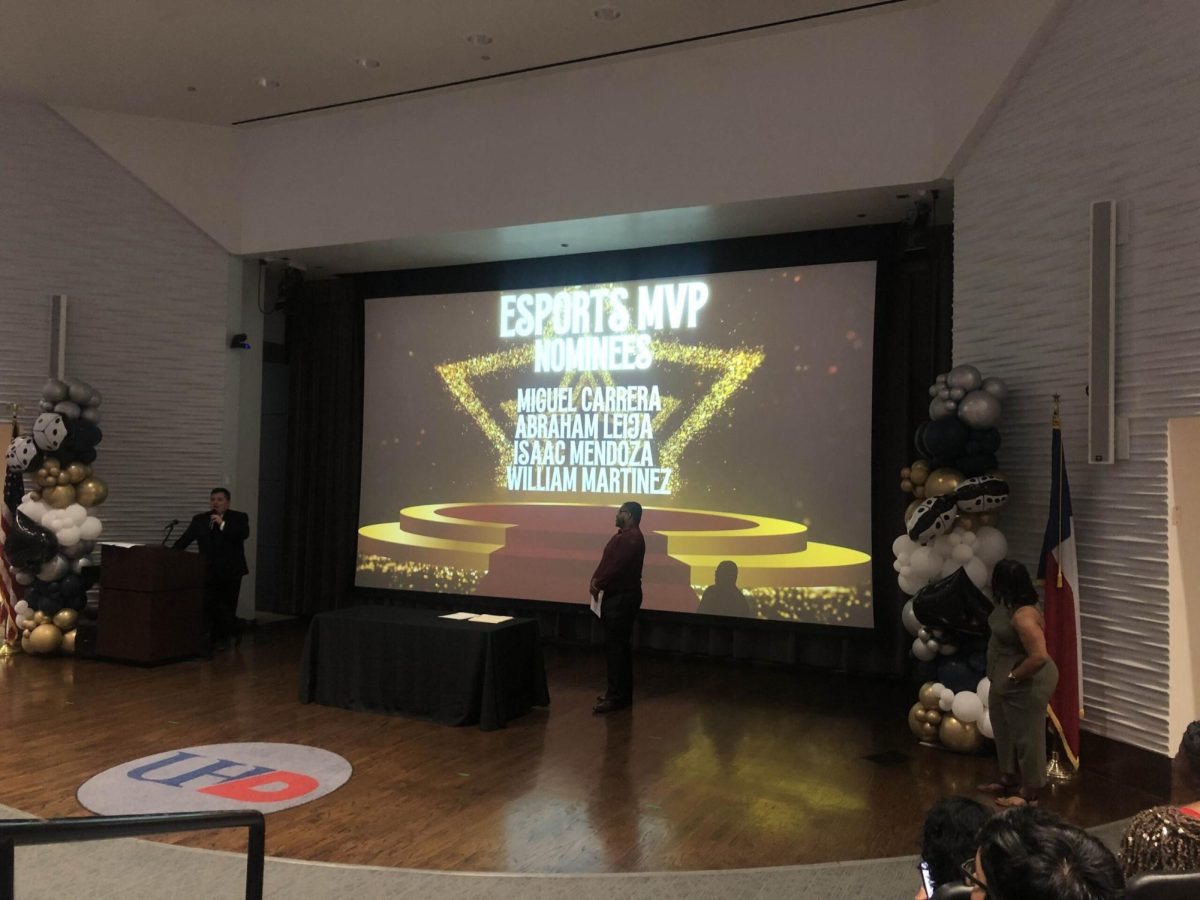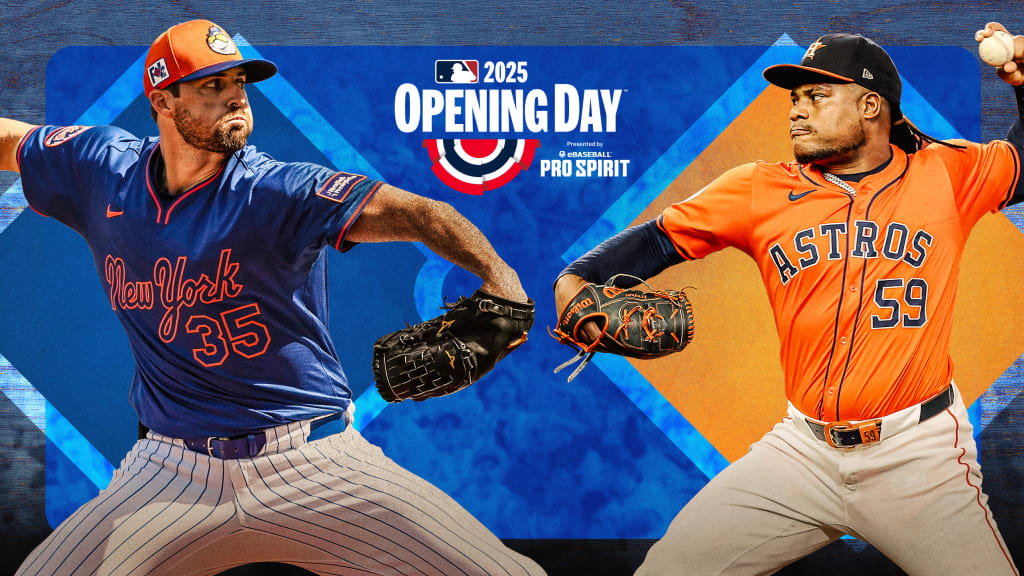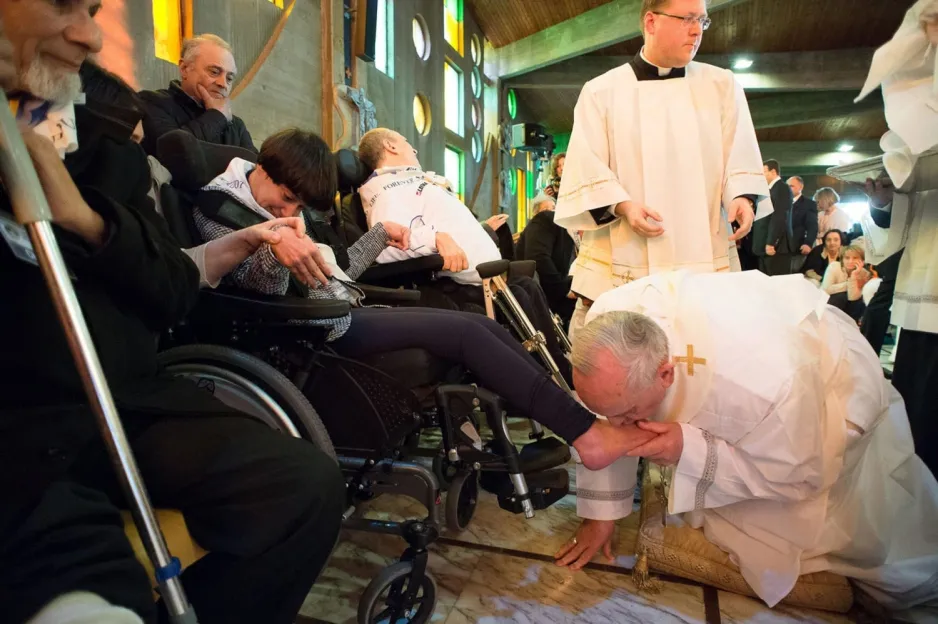Twenty-three years after both my daughters had me falling in love with a blue alien and a spirited Hawaiian girl, I settled in to watch Disney’s 2025 live-action “Lilo & Stitch” with cautious optimism.
Having rewatched the 2002 animated original countless times, I wondered if the director Dean Fleischer Camp could capture that perfect blend of chaos and heart that made the first film so special? The answer, frustratingly, is both yes and no.
Industrial Light & Magic’s CGI work, combined with Chris Sanders returning as the voice of Stitch, creates a digital creature that feels tangibly present. Watching Stitch wreak havoc through real Hawaiian locations brings a fresh energy to familiar scenes. The decision to use animatronic puppets during filming enhanced the genuine chemistry between Stitch and Lilo, newcomer Maia Kealoha, captures the characters’ fierce imagination and stubborn loyalty beautifully.
Kealoha particularly shines in quieter scenes, like when she explains her photography hobby or defends Stitch’s destructive behavior. She embodies Lilo’s complexity without falling into the “precocious child” trap that sinks many young performances.
Where the remake truly exceeds expectations is in its cultural representation. The original film, while set in Hawaii, sometimes felt like a mainland perspective on island life. This version, written by Chris Kekaniokalani Bright, feels more authentically rooted in Hawaiian culture.
Amy Hill’s character Tūtū isn’t just comic relief – she represents the extended ‘ohana that defines Hawaiian communities. The inclusion of “He Lei Pāpahi No Lilo a me Stitch,” performed by native Hawaiian artists, and the prominence given to “Aloha ‘Oe” as a sister duet, shows genuine respect for Hawaiian musical traditions. Even small details, like local casting and authentic local dialects, demonstrates the film’s cultural care.
Unfortunately, the remake’s biggest problem is also the most fundamental which is the lack of understanding from the original work. The 2002 film succeeded because it balanced genuine weirdness with emotional truth. Lilo felt like a real kid dealing with grief and isolation, while Stitch’s destructive nature served as both comedy and metaphor for family dysfunction.
In contrast, the live-action version feels safer. Her rebellious spirit was what made her adoption of an equally chaotic alien feel inevitable.
“Lilo is less of a menace to society,” one reviewer said.
The most baffling decision involves completely removing Captain Gantu and making Jumba the primary villain. Zach Galifianakis plays the mad scientist with sinister undertones that rob the character of his lovable bumbling.
Jumba’s transformation from reluctant ally to empathy-hating villain who “doesn’t join the good guys in the end” fundamentally misunderstands his role in the story’s themes about redemption and found family.
Courtney B. Vance adds gravitas to Cobra Bubbles, although changing him from a former CIA agent turned social worker into an active agent removes the character’s connection to the family’s struggles.
Onto the ending that has fans up in arms. Instead of the sisters staying together, Nani leaves for college while Lilo enters Tūtū’s care.
I understand the filmmakers’ intention – showing that sometimes love means making difficult choices for someone’s future. Nani pursuing marine biology at UC San Diego represents personal growth and broken cycles.
It fundamentally undermines the ‘ohana message that “nobody gets left behind.” Although there is a cute post-credits scene with portal visits, it feels like a band-aid on a thematic wound.
This realistic alternative is more complex but less fulfilling. The original’s legal loophole solution was silly but emotionally satisfying.
Visually, the remake can’t compete with the original’s gorgeous watercolor aesthetic. While Hawaiian locations are stunning, the cinematography feels “pedestrian” with “haphazardly put together” compositions.
The animated film’s dreamlike quality enhanced its themes about finding magic in everyday life – something the live-action version never quite captures.
Despite the film’s flaws, the cultural authenticity feels genuinely respectful, and Kealoha’s performance won me over completely. Critics calling it “one of the better live-action remakes of a Disney classic” aren’t wrong – the bar is admittedly low, but this clears it.”
For families discovering this story for the first time, the 2025 version offers solid entertainment with impressive visual effects and heartfelt performances.
For those of us who grew up with the original, it’s a reminder that some magic works best in animation, where the impossible feels effortless and ‘ohana can truly conquer all.
The remake succeeds as cultural representation and fails as emotional storytelling – a trade-off that feels particularly Disney in 2025.

